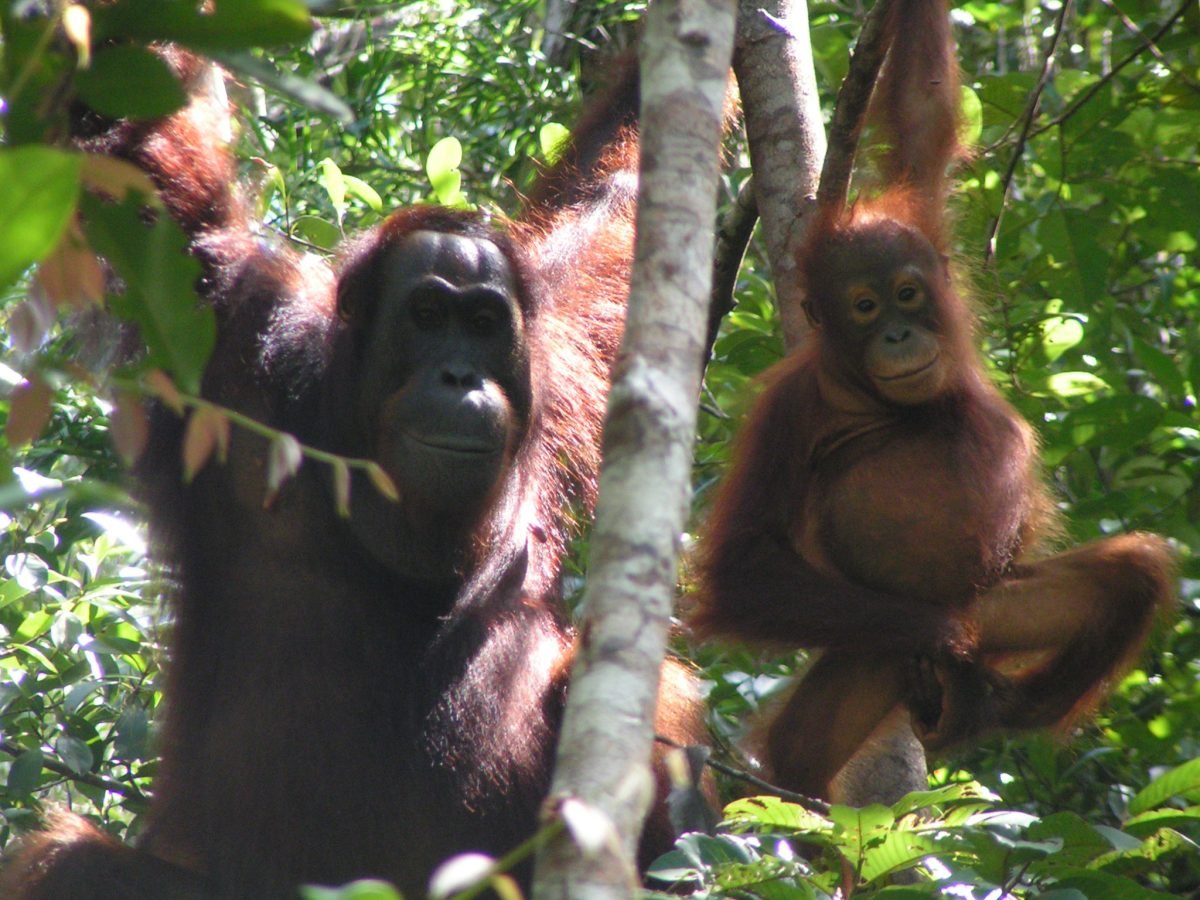Recent research reveals that wild orangutans use complex vocal sequences with striking similarities to human language, challenging the long-held belief that such communication is uniquely human.
Introduction
For decades, scientists believed that complex language was an ability unique to humans. But new research has turned that theory on its head. A groundbreaking study on wild orangutans has found that these intelligent primates use vocal sequences in a way that resembles the basic structure of human language.
This discovery has major implications for how we understand the evolution of language — and our connection to the animal kingdom.
What the Research Found
Researchers observed wild orangutans in the rainforests of Sumatra and Borneo and documented over 1,000 vocal interactions. These interactions revealed that orangutans combine different calls — such as “kiss squeaks” and “grumphs” — in structured sequences to communicate different messages.
Just like how we combine words to form sentences, orangutans use vocal combinations to modify or add meaning to their calls. For instance, a “grumph” followed by a “kiss squeak” could indicate alarm or frustration, depending on the context.
Why This Is a Big Deal
Human language is built on the rule of syntax — the order of words changes the meaning of a sentence. This study shows that orangutans also follow similar rules in their vocal communication. This challenges the idea that syntax is a uniquely human trait.
According to lead researcher Dr. Adriano Lameira, these vocal sequences are “an evolutionary stepping stone” toward understanding how human language may have developed.
Key Takeaways for Science and Society
Language Evolution Insight: The study supports the idea that language complexity evolved gradually, and not suddenly in humans alone.
Shared Ancestry Clues: Orangutans are one of our closest relatives, sharing about 97% of human DNA. This discovery deepens our understanding of our shared evolutionary roots.
Conservation Implications: Understanding the cognitive abilities of orangutans reinforces the importance of protecting these endangered species.
Implications for the Future
This research could reshape how scientists study animal cognition, communication, and intelligence. It also opens doors to studying similar patterns in other great apes, like chimpanzees and bonobos.
It highlights one key fact: we are not as linguistically unique as we once thought.
Conclusion
The discovery that wild orangutans display language complexity once thought uniquely human is more than just a scientific milestone — it’s a powerful reminder of our connection to the natural world. As we continue to unlock the secrets of animal communication, we may find that the gap between human and animal intelligence is narrower than ever imagined

















+ There are no comments
Add yours